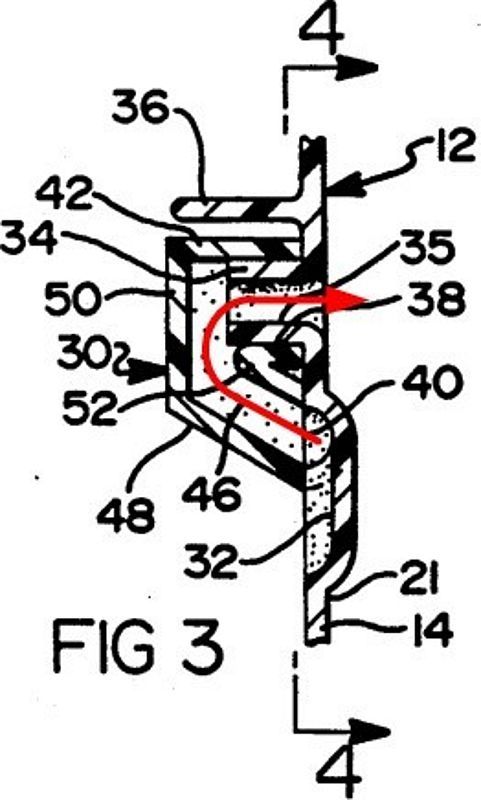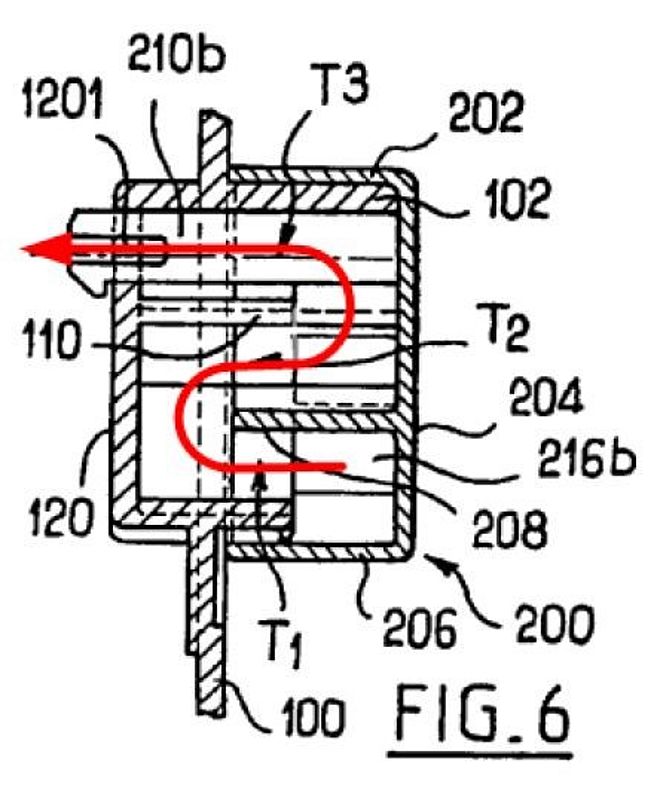In its decision, the Federal Court of Justice deals with the interpretation of a patent claim in distinction from the state of the art cited by the patent description. Accordingly, when interpreting a patent claim, it must be taken into account that a patent's teaching seeks to distinguish itself from the prior art described in it. If, in the description, a known prior art is equated with the generic term of a patent claim, the features of the characterizing part are not to be understood in cases of doubt as meaning that they are to be found in the prior art from which they are intended to differ.
1. Background of the decision
The plaintiff, who was sued by the defendant in an infringement lawsuit, filed a nullity action with the Federal Patent Court and asserted that the patent-in-suit was not patentable due to lack of novelty and inventive step. The Federal Patent Court dismissed the nullity action. The plaintiff filed an appeal against this decision and continued to seek a full declaration of invalidity of the patent-in-suit. The Federal Court of Justice dismissed the plaintiff's appeal.
2. Reasons for decision
The subject-matter of the patent was lighting and signalling devices in motor vehicles, in particular headlamps with a ventilation system. The purpose of such ventilation systems is to ventilate the interior of the headlamp while preventing the ingress of water, dust or dirt. The aim is also to prevent water from penetrating into the front headlamp housings during high-pressure washing, for example in the engine compartment of a vehicle. The state of the art provides a winding ventilation path as a solution. The patent-in-suit criticizes the limited effectiveness of the solution provided in the state of the art, because only slightly winding ventilation paths are provided there.
In order to improve the blocking effect of such a ventilation system, the patent-in-suit proposes a winding path for ventilating the interior, comprising of two opposite inlet openings, an inlet channel transverse to the connecting line between the two inlet openings and a labyrinth with a twofold change of direction extending substantially upwards from the inlet openings.
The Federal Court of Justice confirmed the decision of the Federal Patent Court, according to which the patent-in-suit is new and inventive in relation to the state of the art, since in the state of the art, among other things, a labyrinth with a twofold change of direction was not disclosed and also not suggested.
For the decision of the Federal Court of Justice, it was above all the understanding of the feature of the labyrinth with its twofold change of direction that was of decisive importance. In its interpretation of the labyrinth feature, the Federal Court of Justice pointed out that a patent seeks to distinguish its teaching from the state of the art described in it. If, in the description, a known prior art is equated with the generic term of a patent claim, the features of the characterising part cannot be regarded in doubt as being comprehensible, according to which they are reflected in the prior art from which they are intended to differ.
A citation described in the patent-in-suit as state of the art already included a winding ventilation path, which provided a first change of direction between the inlet openings and the inlet channel as well as a subsequent second change of direction. According to the teaching of the patent-in-suit, this winding ventilation path, already known from the state of the art, is to be further developed to improve the barrier effect through the formation of the labyrinth in accordance with the invention. An inclusion of the change of direction between the inlet openings and the inlet channel in the labyrinth according to the invention would have the consequence that the cited state of the art already realized this feature, so that the labyrinth according to the invention does not express the desired improvement of the winding ventilation path compared to this state of the art.
 |  |
| Fig. 3: winding ventilation path according to the state of the art | Fig. 6: winding ventilation path according to the patent-in-suit |
Consequently, the labyrinth according to the invention with a twofold change of direction begins only beyond the double inlet openings after the inlet channel. The first change of direction for the ventilation path formed by the inlet openings and the inlet channel is not yet part of the labyrinth according to the invention.
3. Categorisation of the decision
With its decision, the Federal Court of Justice confirms its settled case-law according to which the admissible interpretation materials also include the state of the art cited in the description of the patent (see BGH, judgement of 13.02.2007 - X ZR 74/05 - Kettenradanordnung). An interpretation of the patent claims must therefore always be made in the light of the cited state of the art. Furthermore, the Federal Court of Justice continues in particular its case-law on the interpretation of patent claims in differentiation from the cited state of the art. Thus, for example, the Federal Court of Justice also assumed a restrictive interpretation of the patent claims based on the cited state of the art if the information given in the cited state of the art limits the disclosure content of the patent to such an extent that, from the perspective of the person skilled in the art, a narrower teaching can be inferred from the patent specification than initially appears to be conveyed by the wording of the patent claim (BGH, judgment of 26.01.2010 - X ZR 25/06 - Insassenschutzsystemsteuereinheit).
Comments
With this decision, the Federal Court of Justice adds a further, important principle to the canon of supreme court jurisprudence on the interpretation of patent claims, which will provide an important interpretation aid for judicial and legal practice. Thus, the decision is not only important for nullity proceedings where a novelty attack based on prior art already cited in the patent will in the future only be possible under more difficult conditions but can also be of great relevance in infringement proceedings in order to argue for a narrow interpretation of the patent claims.

